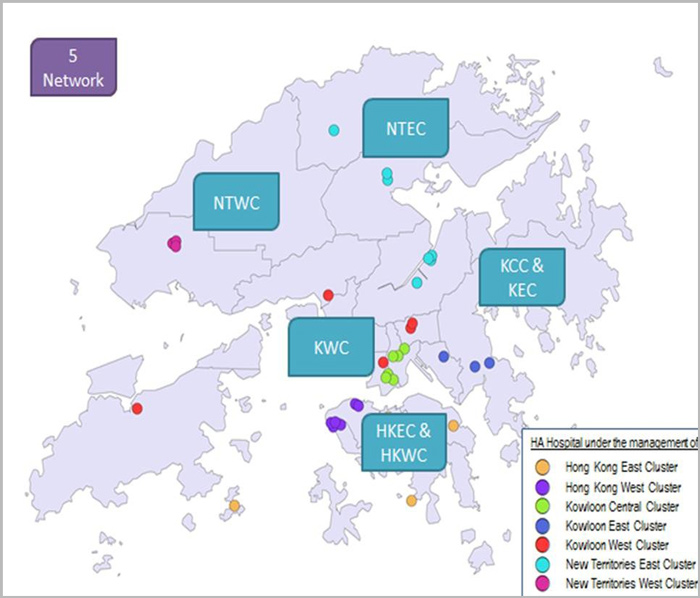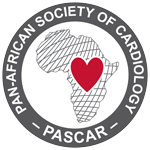Stent-Save a Life! Member Insight: Hong Kong

- Surface: 1,108km²
- Population: 7.5 Mio inhabitants
- % GDP spent on healthcare: 5.7% of which 2.8% for the public sector
- Public hospitals* with pPCI facilities: 14 (24/7 (1), 12h (7), 9am-5pm (6))
- Private hospitals with pPCI facilities: 8 (all 24/7 but small volume)
- Nb of STEMI patients (2016): 2,200
- Nb pPCI (2016): ±450, i.e. 20% of STEMI patients
- Patients not treated: 30%
- Patients treated with lysis: 50%
*90% of the Hong Kong population depends on the public health care system (Hospital Authority)
Hong Kong city is one of the most recent members of the Stent-Save a Life! global initiative. Hong Kong representatives – Dr Lau Yuk Kong (Hong Kong College of Cardiology) and Dr Li-Wah Tam (Hong Kong Society of Transcatheter Endo-Cardiovascular Therapeutics) – officially signed the SSL Declaration of Intent in presence of the Stent-Save a Life! chairman, Dr Christoph Naber, during the AsiaPCR congress in January 2018.
The decision to join the Stent-Save a Life! initiative was justified by Hong Kong’s recently devised strategy to provide 24/7 primary PCI for most, if not all, STEMI patients.
According to the Hospital Authority Strategic Service Framework for CHD (2013), although the development of primary PCI in Hospital Authority is moving in the direction as in most advanced countries of the world, the ratio of patients whom are indicated and receive primary PCI across HA is relatively low. The objective will therefore be to develop a 24-hour primary PCI service for the whole of Hong Kong, through a networking system, to support the provision of an overall optimised reperfusion strategy for STEMI patients.
The 3- year plan drawn-up by the Hong Kong SSL team recommends that STEMI patients presenting to private hospitals should receive pPCI, if appropriate.
All emergency patients transported by ambulance will be taken to a public hospital. The STEMI patient treatment pathway in the public service will be delineated according to the geographical location of the STEMI occurrence. Indeed, Hong Kong’s territory has been divided into 5 clusters – Hong Kong Island, Kowloon East and Central, Kowloon West, New Territories East and New Territories West – each with a different service model defined according to the local resources that have been mapped beforehand.
Each region will have a pooled interventionist team providing pPCI in dedicated centres such as Queen Elisabeth Hospital (QEH) in the Kowloon East and Central cluster.

The main objective will be to privilege the primary diversion to referral centres, like QEH, in the long run and to avoid the secondary diversion from the less-capable pPCI centres, the liaison with the ambulance service for the performance of the ECG on first medical contact constituting the ultimate goal.
Whilst the 24/7 primary PCI remains the preferred choice for the majority, the fibrinolytic therapy should still be regarded as an alternative treatment option.
 The initial milestone of the plan is the successful launch of the first cluster-based 24/7 pPCI programme in the Kowloon East/Central cluster (a 1 Mio population region) by November 2018 with a further expansion of the 1st cluster-based catchment area in late 2019.
The initial milestone of the plan is the successful launch of the first cluster-based 24/7 pPCI programme in the Kowloon East/Central cluster (a 1 Mio population region) by November 2018 with a further expansion of the 1st cluster-based catchment area in late 2019.
The step-by-step implementation of the 24/7 pPCI programme in the other mega clusters will take place between 2019 and 2022 with the expectation to achieve the ultimate goal of covering the entire country by then.
Additionally, the SSL team will develop some measures to improve the door-to-balloon time in the years to come as well as the cardiovascular outcome of the overall STEMI population in the long run.
The 3-year plan’s objective to privilege the primary diversion will be reinforced by the recommendation to get the pre-hospital ECG performed by the ambulance team on the first contact with the patient.
Although a working group has already been successfully set-up within each mega cluster, all backed-up by a global administrative support, a few major challenges remain to be addressed such as an adequate cardiologist manpower in each cluster – the country faces today a rapid turn over of cardiologists towards the private sector -, the weight of other clinical duties besides cardiology (especially general medical duties) and, last but not least, the logistical arrangement of the inter-hospital transfer for secondary diversion and the liaison of the Fire Services Department (on whom the ambulance service depends) to the pre-hospital ECG.
Let’s wish the Stent-Save a Life! Hong Kong team all the best in their endeavour to improve the delivery of guideline complying therapy and patient access to the lifesaving indication of pPCI!
Progress to follow…






